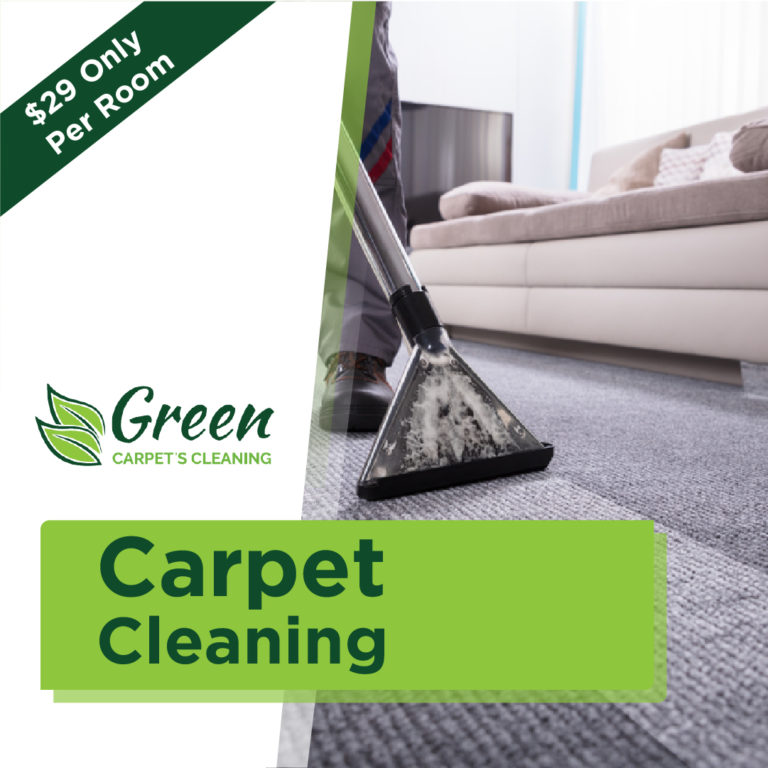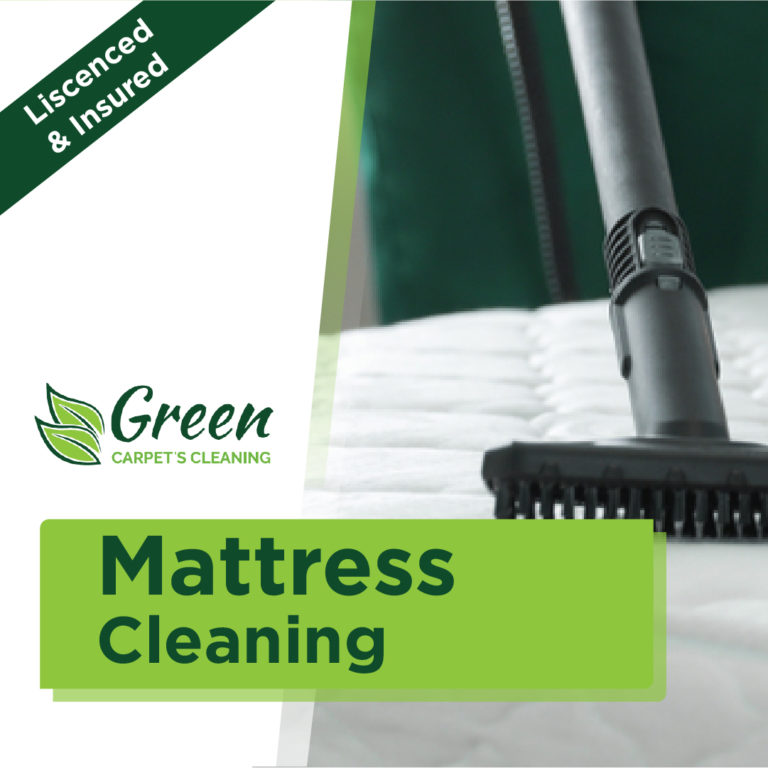Different types of Upholstery Fabric
Natural Fabrics
Upholstery Cleaning in Canyon Country — Fabrics are produced from natural fibers which come from animals or plants.
Chenille
Chenille’s soft coating pile inspired its name — it is the French word for”caterpillar.” Its additional weft threading gives it a glow that is distinctive. This casual cloth is ideal for comfy pieces such as oversized recliners, sofas, papasans, and children’s furniture, but it can also do good things with printed side seats and traditional accent chairs. It can also be produced from synthetics such as rayon, although chenille is usually made from natural fibers.
Cotton
Cotton furniture upholstery is usually a blend, combining this stylish, breathable natural fiber with polyester, linen, nylon, etc. for extra texture, strength, or resistance to soiling and wrinkling. The best-quality cotton combinations will include about 45% to 60% cotton.
Jute
A natural fiber generated mostly in India and Bangladesh, jute was traditionally used for rope and matting. Though prone to wrinkling, it’s a fantastic material for modern rustic accent pieces like an ottoman, including a slightly rougher texture that pairs nicely with leather or wood.
Leather
Leather upholstery can vary greatly in price and quality, based on therapy and its grade.
Leather: natural marks or imperfections are left intact, and Full-grain leather employs the whole animal hide instead of layers. This is the top notch leather.
Top-grain leather leather is second in quality only to full grain and employs the powerful top layers of the animal hide.
Corrected-grain leather: Corrected-grain leather has been treated to remove imperfections and subsequently awarded an imitation grain to get a uniform look.
Split leatherSplit leather consists of the drop or underside rest of the hide. With bycast/bicast leather, a synthetic surface layer is laminated to the surface.
Linen
Produced from yarn, linen is an cloth fiber that is all-natural. It’s a fabric that provides immunity that is natural and excellent durability to pilling moths, and abrasion. It is frequently used with cotton for elasticity. Neatly tailored pieces like parsons chairs, traditional dining chairs, and tufted arm seats offer a great look for linen.
Silk
Luxurious, silk and soft feels in formal settings and is kept to zones. Silk is backed with cotton in order to add durability and weight and comes in both natural and synthetic varieties. Sunlight can cause this cloth to fade thus think creatively about where you place a silk upholstered piece.
Velvet
Velvet is a lavish woven cloth distinguished with its thick and short pile. This soft and lustrous material can be produced from synthetic or natural fibers and changes in type and quality. Though relatively hard to clean, velvet stands out because of its comfort, feel, and rich color, making it a favorite alternative for dramatic pieces such as conventional button-tufted headboards and earthy accent chairs.
Wool
A natural fiber that comes from animal hair, wool is a durable choice for upholstery fabric. Most wool you find on accent and sofas chairs today is actually a combination of synthetic and natural fibers. The inclusion of synthetic substances helps the fabric stand up better to wear and makes it easier to clean.
Synthetic Fabrics
Synthetic fabrics called engineered materials, are textiles made from man-made fibers as opposed . Synthetic fabrics are far more durable than natural fabrics and are more resistant to fading and staining.
Faux Leather
Faux leather is manufactured from polyurethane, a more ecofriendly alternative to vinyl or PVC. PU is much more watertight than PVC, and it’s also degradable.
Microfiber
Microfiber is a knit blend polyester cloth that is thicker than suede and a whole lot easier to clean (just remember to dab instead of rub). This dense material is made providing the qualities of real suede to durability and moisture resistance. This low-cost fabric is ideally suited to chaise sectional lounges or convertible couches, and casual seats in a contemporary style.
Nylon
A synthetic fiber, nylon is usually mixed with other substances to make a strong and durable material. It’s typically easy to keep and isn’t likely to wrinkling.
Olefin
Olefin is a manmade material that’s made from melting down plastic pellets. Any desired color is added and the resulting threads are then woven. Olefin will hold its color, because the colours are baked in rather than added to the surface and may be cleaned with bleaches. This material is very good for upholstery.
Polyester
First introduced in the 1950s, polyester is a synthetic fabric that does its best work in tandem with natural materials such as cotton and yarn. Polyester blends provide excellent durability cleaning, and resistance to fading, wrinkling, and abrasion — and pilling, in the instance of polywool mixes.
Rayon
This cellulose-based material was created to mimic fabrics like cotton and linen. It blended with other types of threads to create a material that’s appropriate for upholstery.
Know Your Fabrics in Canyon Country
Upholstery Upkeep in Canyon Country














